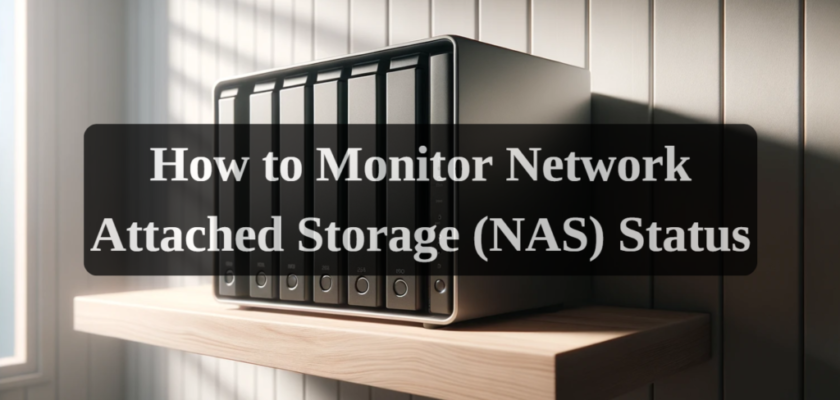This guide explains how to monitor the status of hard disks, SSDs, and other storage devices in your Network Attached Storage (NAS) using Hard Disk Sentinel Professional as if they were directly connected to your computer.
Understanding NAS Limitations:
Typically, NAS devices don’t offer detailed self-monitoring data. While users can read and write files, they often can’t access detailed S.M.A.R.T. data, real-time temperatures, or health statistics. Some NAS devices have limited internal S.M.A.R.T. checking, but it’s not comprehensive.
Solution: Hard Disk Sentinel Professional
Hard Disk Sentinel Professional can access this detailed information, but traditionally only for drives directly attached to the computer. This limitation changes with the method outlined below, allowing Hard Disk Sentinel to monitor NAS devices.
Requirements:
- Hard Disk Sentinel Professional 5.01.8 or newer on a Windows computer.
- A NAS device capable of producing a Status Source file with SSH access and root rights.
- Basic knowledge of Linux commands (e.g., chmod, cron).
Setting Up Your NAS for Monitoring:
- Enable SSH Access: Your NAS must allow SSH access. This might be available by default, through an official plugin, or may require unofficial modifications (which could void your warranty).
- Use an SSH Client: Download and use an SSH client like PuTTY to access your NAS.
- Create a Network-Readable Folder: Find or create a folder on your NAS that’s shared over the network.
- Download Hard Disk Sentinel Linux Version: On your NAS, create a directory for Hard Disk Sentinel, navigate to it, and download the appropriate Hard Disk Sentinel Linux version.
- Set Permissions and Schedule Reports: Adjust permissions to allow the program to run and set up a cron job to regularly create status reports in your network-readable folder.
Configuring Hard Disk Sentinel Professional:
- Add Status Sources: In Hard Disk Sentinel, navigate to “Configure NAS Disk Monitoring” and add your status source files. You can add multiple sources and specify paths or use auto-detection features.
- Monitor Your Drives: Hard Disk Sentinel will show your NAS drives with a distinct background color. It attempts to read and update disk status periodically, issuing alerts as needed.
Notes:
- The trial version of Hard Disk Sentinel Professional discards settings upon restart and shows limited information. The registered version retains settings and displays complete status information.
Alternative for Unsupported Systems:
If Hard Disk Sentinel isn’t available on your system (e.g., FreeBSD/FreeNAS), you can use the smartctl tool to export disk status information. After SSH access, configure a scheduled task using smartctl to create status files, which can be added to Hard Disk Sentinel Professional.
Caution: Always consider the risks and potential warranty implications before making unofficial modifications to your NAS. If unsure, contact your device’s manufacturer for support or guidance.

